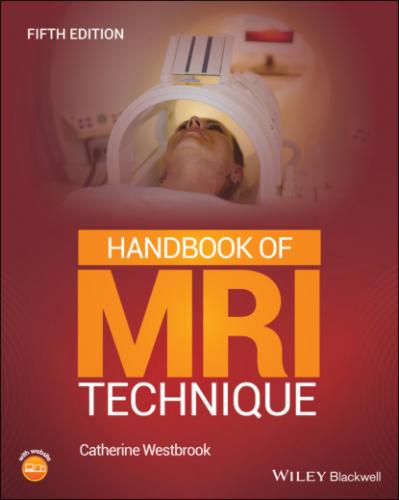|
|
|
|
|
Balanced GRE
|
Balanced GRE
|
|
Short TE
|
Minimum
|
Short TE
|
Minimum
|
|
Short TR
|
Minimum
|
Short TR
|
Minimum
|
|
Flip angle
|
>35°
|
Flip angle
|
>35°
|
|
|
|
|
|
|
Reverse echo GRE
|
Reverse echo GRE
|
|
TE (effective)
|
Minimum
|
TE (effective)
|
Minimum
|
|
Short TR
|
<50 ms
|
Short TR
|
<50 ms
|
|
Flip angle
|
30° to 45°
|
Flip angle
|
30° to 45°
|
|
|
|
|
|
|
1.5T and 3T
|
|
Slice thickness 2D
|
|
Slice thickness 3D
|
|
|
Thin
|
<1 mm/1 mm
|
Thin
|
<1 mm/1 mm
|
|
Medium
|
2 –4 mm
|
Thick
|
2–4 mm
|
|
Thick
|
5 mm+
|
|
|
|
|
|
|
|
|
FOV
|
|
Matrix
|
|
|
Small
|
<160 mm
|
Coarse
|
<256 × 128
|
|
Medium
|
160–300 mm
|
Medium
|
256/512 × 256
|
|
Large
|
300 mm+
|
Fine
|
512 ×512
|
|
|
|
Very fine
|
>1024 × 1024
|
|
|
|
|
|
|
NEX/NSA
|
Slice number 3D
|
|
|
|
Low
|
1 or less
|
Small
|
<32
|
|
Medium
|
2–3
|
Medium
|
64
|
|
High/multiple
|
4+
|
Large
|
>128
|
|
PC‐MRA 2D and 3D
|
TOF‐MRA 2D
|
|
|
|
TE
|
Minimum
|
TE
|
Minimum
|
|
TR
|
25–33 ms
|
TR
|
28–45 ms
|
|
Flip angle
|
30°
|
Flip angle
|
40°–60°
|
|
VENC venous
|
20–40 cm/s
|
|
|
|
VENC arterial
|
60 cm/s
|
TOF‐MRA 3D
|
|
|
|
|
TE
|
Minimum
|
|
|
|
TR
|
25–50 ms
|
|
|
|
Flip angle
|
20°–30°
|
SIGNAL‐TO‐NOISE RATIO (SNR)
SNR is defined as the ratio of the amplitude of signal received by the receiver coil to the average amplitude of the noise. The signal is the voltage induced in the receiver coil, and the noise is a constant value depending on the area under examination and the background electrical noise of the system. SNR may be increased by using:
conventional spin echo (CSE) and fast or turbo spin echo (FSE/TSE) pulse sequences
a long repetition time (TR) and a short echo time (TE)
a flip angle of 90° in all spin echo type pulse sequences or the Ernst angle in gradient echo (GRE) pulse sequences
a well‐tuned and correctly sized receiver coil
a coarse matrix
a large FOV
thick slices
a narrow receiver bandwidth
high‐order signal averages (number
